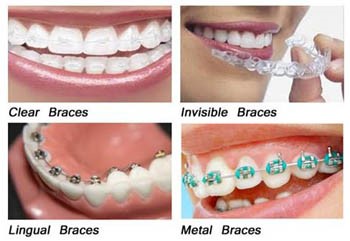The benefits of orthodontic treatment often go beyond the obvious physical changes of an improved bite and straighter teeth; it’s also a great way to improve a person’s overall self-image. While having beautiful straight teeth is important, even more important is the need to alleviate any potential health problems associated with the teeth or jaw. Crooked teeth or jaw problems may contribute to improper cleaning of teeth, leading to tooth decay and, possibly, gum disease or total tooth loss. Orthodontic problems that go untreated can lead to chewing and digestion difficulties, speech impairments, and abnormal wear of tooth surfaces. Over time, excessive strain on gum tissue and the bone that supports the teeth can affect the jaw joints leading to problems such as headaches or face and neck pain.

Breathing or swallowing problems – Mouth breathing can lead to snoring and sleep apnea.
Crossbite – One or more upper teeth bite inside the lower teeth (towards the tongue).
Crowding – Involving extra teeth or malpositioned teeth.
Deep Overbite – The lower front teeth bite into the upper tissue of the upper teeth.
Disfiguring of the face & mouth – Affects the development of the jaw and position of the teeth.
Missing or extra teeth – Due to tooth decay, injuries, or inherited problems.
Overjet (protruding upper teeth) – Upper teeth that protrude beyond normal and are usually associated with a short lower jaw.
Self-image – An attractive smile can boost a person’s self-image and confidence.
Spacing between teeth – Teeth are missing or may be too small or too large.
Speech, chewing or biting problems – Result from improper occlusion and jaw alignment
Underbite (lower jaw protrusion) – Lower jaw is longer than the upper jaw.
Specific to children:
Finger or thumb sucking – These habits can cause protrusion of the upper incisor teeth and constriction of the upper jaw.
Teeth erupting out of position – Can be guided to proper alignment.
